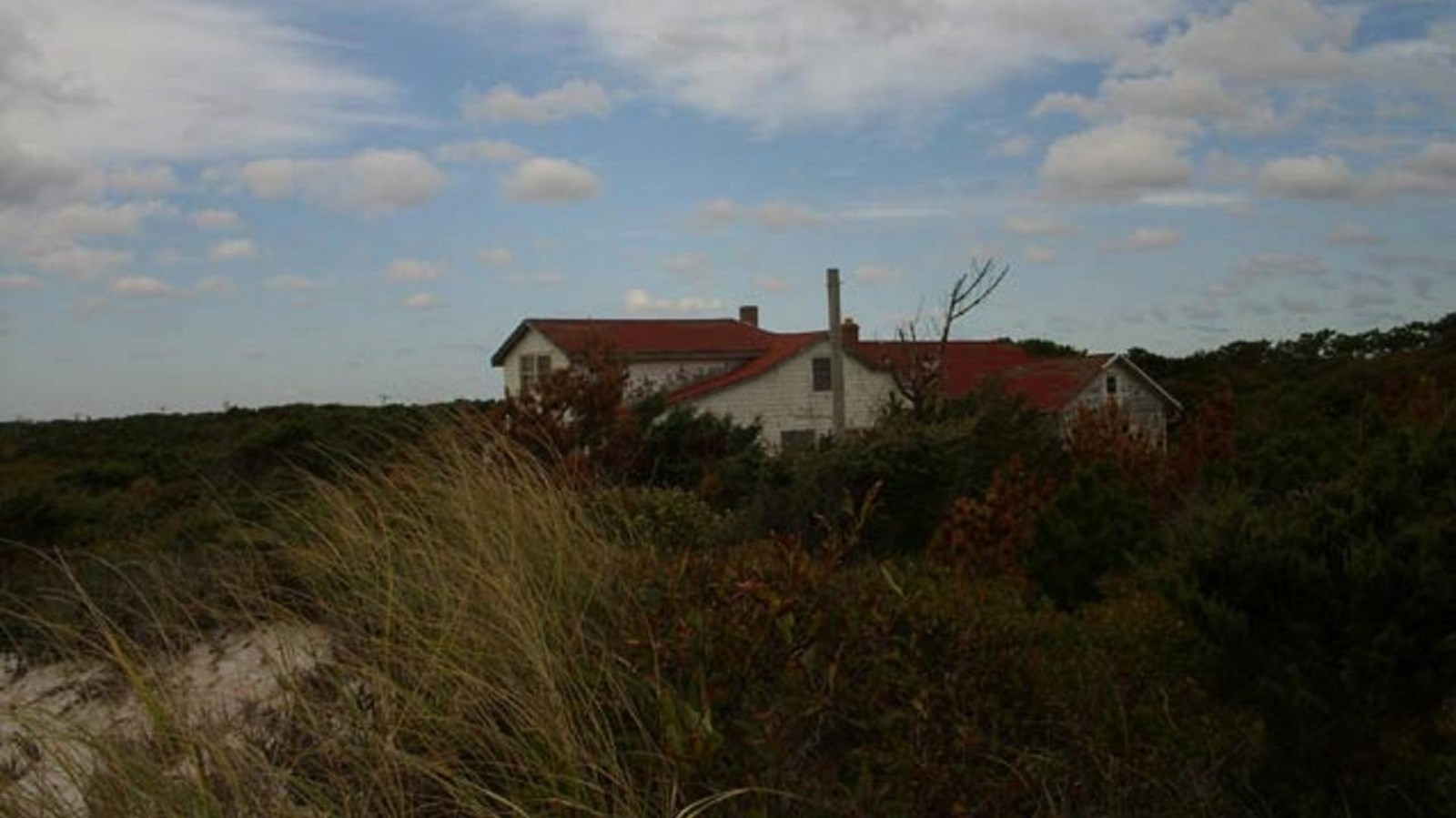The Carrington House is significant under criterion A at the local level in the area of Recreation as one of the earliest extant residential properties in the resort communities of Cherry Grove and the Pines and among the earliest known vacation homes on Fire Island, a 32-mile-long barrier island known primarily as a summer resort. Built ca. 1912 as a summer home by Frederick Marquet, the cottage is associated with the earliest wave of development of Fire Island as a popular recreational destination. The cottage is also significant under criterion C in the area of Architecture as a distinctive, intact example of a typical early twentieth-century beach bungalow, characterized by a single-story side-gable form, front porch, and wood shingle cladding . The property is also locally significant under criterion A in the area of Social History, as an important link to the development of Fire Island (particularly the Fire Island Pines and Cherry Grove) as a community friendly to both gay culture and the arts because of its association with Frank Carrington, a prominent theater director and patron of the arts with a large circle of acquaintances whom he introduced to Fire Island. Carrington acquired the property in 1927 and in the 1930s or 1940s was responsible for enlarging the main house with two wood-frame additions that closely matched the original design. In 1947 he purchased two outbuildings from the abandoned Lone Hill Lifesaving Station and combined and reconfigured them as a guesthouse. In 1950, he also constructed a garage, said to be the only one constructed historically in Cherry Grove or the Pines since cars have never been in general us in this part of Fire Island. In addition to Carrington, the property has been linked to several other prominent artists who rented the property from Carrington, including Truman Capote, who wrote his famous novella Breakfast at Tiffany's there. The period of significance for the property has been identified as beginning in 1912, the presumed construction date of the house, and ending in 1969, the date that Carrington officially deeded the house to the National Park Service.
Link to file
The National Register of Historic Places is the official list of the Nation's historic places worthy of preservation. Authorized by the National Historic Preservation Act of 1966, the National Park Service's National Register of Historic Places is part of a national program to coordinate and support public and private efforts to identify, evaluate, and protect America's historic and archeological resources.
National Register of Historic Places

